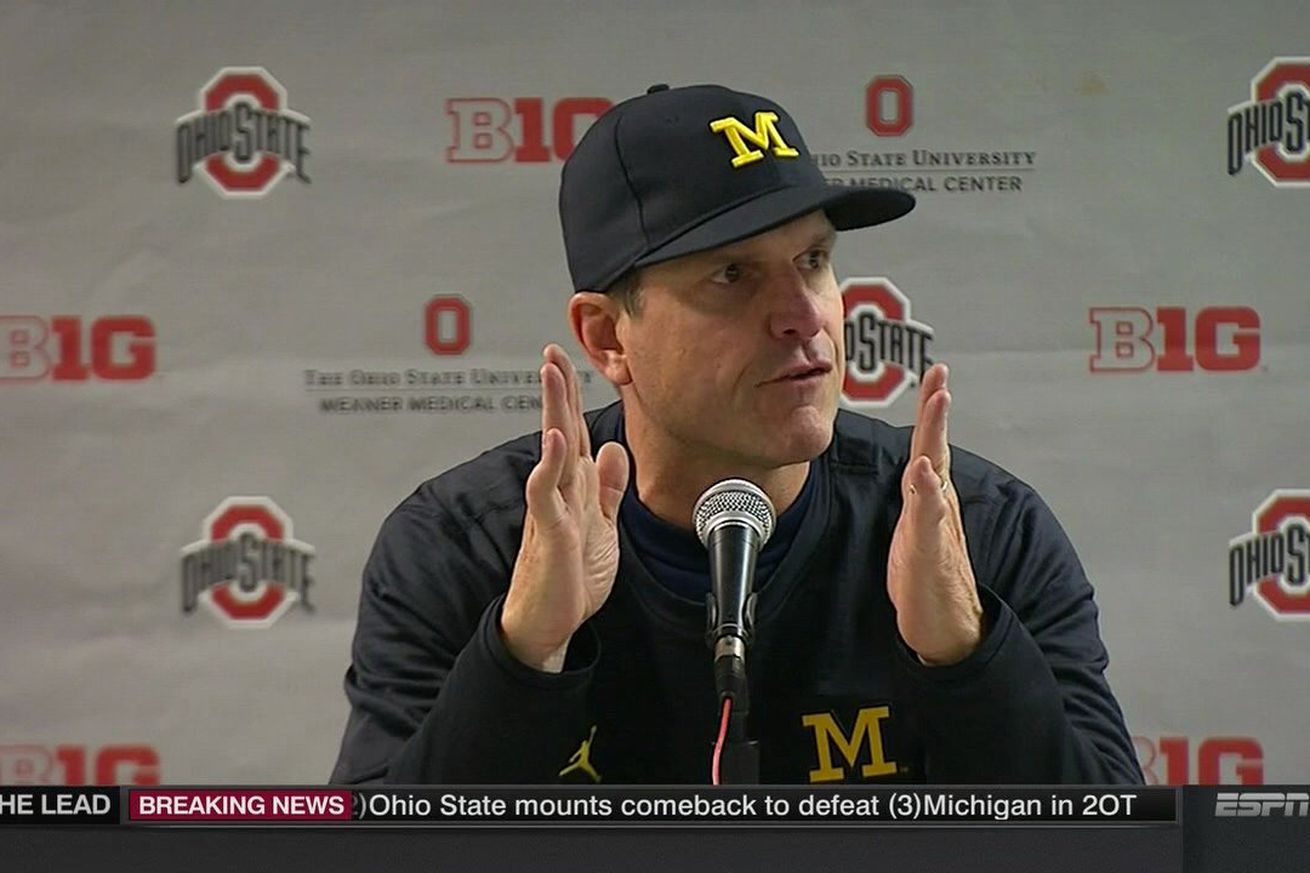That wasn't forward progress. Rules state it a runner goes airborne the ball is placed where it's at when runner goes down. He was short. Game is over. People can say I'm wrong but according to the rules since this wasn't the plane of the end zone breaking it isn't enough.
So you are claiming without forward progress one can advance for a first down and come back and be downed short of the first down marker and still have a first down. Which is completely wrong.
Go read the rules on airborne runners. He wasn't wrapped up. He was hit, went in the air into his own player and landed when the ball was well short.
There is no such rule against forward progress for an airborne runner. Forward progress is the furthermost point of the runner, regardless of being airborne or not.
You probably are mixing up the new slide rule which states ball is dead where runner begins his slide.
Furthermore, if the runner would go back on his own, then yes, forward progress wouldn't be granted.
The approved ruling below is same rule as applied in the OSU/MU game.
From the approved rulings in the 2016/2017 NCAA rulebook:
IV. A4, with the ball breaking the plane of the 50-yard line while in his possession, dives over the 50-yard line, which is the line to gain for a first down. He is knocked back to Team A’s 49-yard line, where any part of his body except his hand or foot touches the ground. RULING: First down at forward progress spot (Rule 4-1-3-b).
V. A6 has the ball in his possession and is not controlled by an opponent, as he dives over the 50-yard line, which is the line to gain for a first down, and is forced back across the 50-yard line. A6 continues to run and is tackled at Team A’s 49-yard line, where any part of his body except his hand or foot strikes the ground. RULING: No first down. The point of forward progress is Team A’s 49-yard line
